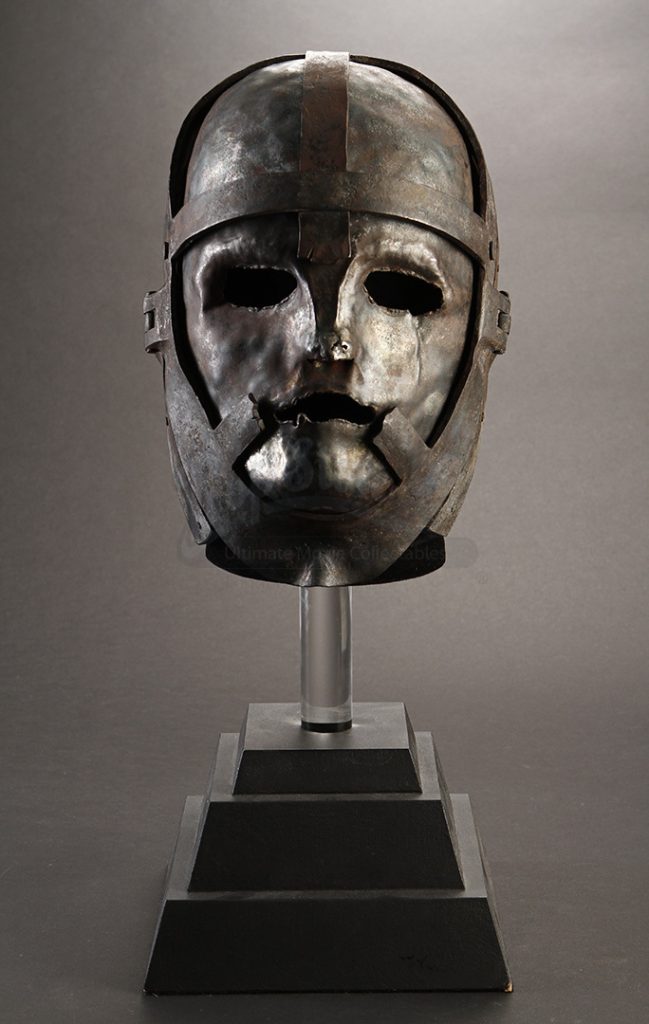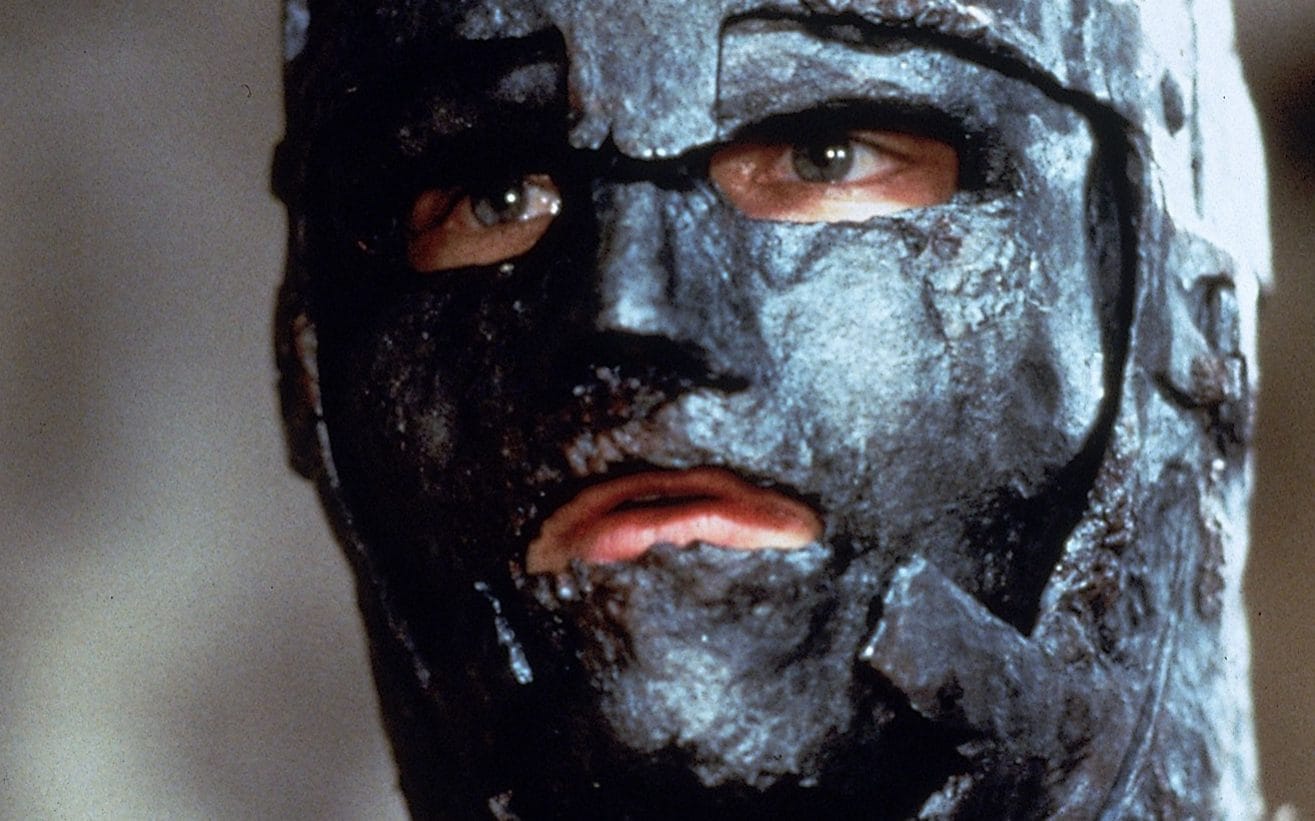 he Man Behind the Iron Mask is one of the great mysteries that has captivated and intrigued people for centuries. While much about this mysterious figure remains unknown, we do know that he was a prisoner of the French government in the late 17th century and wore an iron mask at all times to conceal his identity. To this day, his true identity has been a source of speculation and debate among scholars and historians alike. In this article, we will explore the historical context of the period in which he lived, dive into theories about who he was, examine evidence for certain identities suggested by historians, and look at how popular culture has depicted him over time.
he Man Behind the Iron Mask is one of the great mysteries that has captivated and intrigued people for centuries. While much about this mysterious figure remains unknown, we do know that he was a prisoner of the French government in the late 17th century and wore an iron mask at all times to conceal his identity. To this day, his true identity has been a source of speculation and debate among scholars and historians alike. In this article, we will explore the historical context of the period in which he lived, dive into theories about who he was, examine evidence for certain identities suggested by historians, and look at how popular culture has depicted him over time.
Historical Context of the Period
The Man Behind the Iron Mask lived during a period of great political and cultural upheaval in France. At the time, Louis XIV was the King of France from 1643-1715 and is widely known as the “Sun King” due to his powerful influence on French culture and politics. During this period, a number of wars were waged both domestically and abroad, most notably the War of the Spanish Succession which lasted from 1701-1714. This conflict saw increased exploration and colonization as European powers sought to expand their empires.
This period also marked the start of the Enlightenment period, an age where scientific progress and rationality were emphasized over religious tradition. As people began to think more critically about society, they questioned authority and power dynamics which had been accepted for centuries. The ideas presented during this time contributed significantly to how we think about democracy today.
It is within this context that we must consider the identity of The Man Behind the Iron Mask – a mysterious figure who remains shrouded in mystery even today. Many theories have been proposed about who he could be but his true identity remains elusive. In this article, we will explore these theories as well as evidence for certain identities suggested by historians and how popular culture has depicted him over time.
Discovery of the Identity of the Man Behind the Iron Mask
In the late 19th century, a mysterious letter from Eustache Dauger de Cavoye was found in a Paris archive that ultimately revealed the identity of The Man Behind the Iron Mask. The letter indicated that he was indeed an Italian diplomat named Matthioli, whose name had been mentioned in memoirs written by Louis XIV’s valet. This discovery put to rest centuries of speculation and finally provided a definitive answer to this enduring mystery.
The story behind Matthioli’s imprisonment is still somewhat unclear, although some historians believe it could have been due to his involvement in political intrigues during the reign of Louis XIV. According to records, he had served as a diplomatic representative for several Italian courts before being arrested and imprisoned without trial at Pinerolo Fortress near Turin in 1669. He was then transferred to Bastille prison in Paris where he remained until his death in 1703.

Throughout his imprisonment, Matthioli kept his head covered with an iron mask and was known only as ‘Eustache Dauger’ or ‘Marchioly’. Although no official records exist about why he was held under such strict security measures, it is believed that Louis XIV feared that revealing his true identity would endanger the monarchy’s power structure. As such, Matthioli lived out his life in anonymity – until now!
The discovery of Matthioli’s identity has provided historians with valuable insight into this period of history and reignited public fascination with this captivating figure from the past. What remains unclear is how exactly he became caught up in political intrigues during Louis XIV’s reign and what secrets were so important they warranted keeping him imprisoned for so many years under such extreme secrecy measures?
Theories About Who Was Behind The Iron Mask
The mystery of the identity of the Man Behind the Iron Mask has been a source of intrigue and speculation for centuries. While we may never truly know who he was, there are various theories that have been proposed to explain his identity.
One hypothesis is that he was a political prisoner who posed a threat to the monarchy. It is believed that Louis XIV feared revealing his identity would endanger the monarchy’s power structure, so he was kept in anonymity until now. However, it is unclear why exactly this person posed such a threat and what their relationship to the French court might have been.
Another popular theory suggests that The Man Behind the Iron Mask could have been a double of Louis XIV himself, possibly even his twin brother. This theory has grown in popularity due to its romanticism and potential for dramatic storytelling – as seen in movies like The Man in the Iron Mask (1998). However, there is no real evidence to back up this hypothesis.
Others believe The Man Behind the Iron Mask may have been an illegitimate son of Louis XIII and Anne of Austria. In 1638, Anne gave birth to two children who were immediately taken away by Cardinal Richelieu – one of whom could potentially be The Man Behind the Iron Mask. Evidence here is also lacking though, and this theory remains largely speculative.
Additionally, some theorize that The Man Behind the Iron Mask was Eustache Dauger de Cavoye – an alleged valet of Louis XIV’s who appears on records from 1669-1703 but whose existence otherwise remains unconfirmed. Although this theory does not provide any solid evidence either, it does coincide with certain records from Versailles which suggest Dauger may have been imprisoned under an alias due to his involvement with affairs related to state security.
Finally, it has recently become accepted knowledge that The Man Behind the Iron Mask was an Italian diplomat named Matthioli – which is why we now know his identity today! Despite being discovered relatively recently compared to other theories about him – Matthioli’s true identity had actually been uncovered more than 250 years ago by Voltaire and Alexandre Dumas among others – it provides us with some concrete evidence as well as understanding into why he had been imprisoned in secrecy for so long.. Therefore this theory holds more weight than any other hypotheses discussed previously in this article.
The Evidence for Matthioli as the Man Behind the Iron Mask
The evidence for Matthioli as the Man Behind the Iron Mask is concrete and compelling. The first piece of evidence comes from Italian diplomat Gian Luca Pallavicini, who wrote a description of the man behind the iron mask in 1702. This description was used to identify Eustache Dauger, alias Matthioli, as being the same person.
The second piece of evidence comes from a death and burial certificate for Eustache Dauger from 1703, which indicates that he died at Pignerol fort where he had been imprisoned by Louis XIV. This certificate further solidifies Matthioli’s identity as the Man Behind the Iron Mask.
In addition to these two pieces of evidence, there is also a letter signed by Louis XIV in 1719 wherein he referred to “the prisoner whom I have kept for so long”. This reference indicates that Louis XIV was indeed aware of Eustache Dauger’s imprisonment and supports his identification as Matthioli.
The autobiography of Count de Saint-Mars – who was in charge of guarding Eustache Dauger at Pignerol fort – provides yet another compelling piece of evidence for Matthioli’s identity. In it, he recounts how he gave him the alias “Matthioli”. Finally, there is a passage from the memoirs of an Italian nobleman which confirms that Matthioli was indeed Eustache Dauger and that he was indeed the same man behind the iron mask.
These pieces of evidence provide an understanding into why The Man Behind the Iron Mask was kept in anonymity until now and why Louis XIV feared revealing his identity would endanger his power structure–all pointing towards one conclusion: that The Man Behind the Iron Mask is none other than Eustache Dauger alias Matthioli.
Legacy and Popular Culture Depictions of the Man Behind The Iron Mask
The Man Behind the Iron Mask is a figure of enduring fascination and speculation. His mysterious identity has inspired numerous works of fiction over the centuries, from Alexandre Dumas’ The Vicomte de Bragelonne to comic books such as The League of Extraordinary Gentlemen. While his true identity remains unknown, popular culture depictions have made him an iconic figure in literature, film and television.
Perhaps the most memorable depiction was Leonardo DiCaprio’s portrayal in 1998’s The Man In The Iron Mask movie. Here, DiCaprio plays a dual role as both Louis XIV and his “twin” brother, whom he had kept imprisoned for decades – the Man in the Iron Mask. This representation offers insight into how viewers often imagine this enigmatic character – as a mysterious figure of tragic grandeur or a dangerous political prisoner.
In recent years, there have been several new adaptations of The Man Behind the Iron Mask story that explore different aspects of his life and legacy. For example, 2016’s La Reine Soleil (The Sun Queen) focuses on Louis XIV’s court politics rather than on his long-forgotten brother while 2017’s Ironclad: Battle for Blood uses historical events to tell a new story about an exiled knight who must protect England from invading forces by donning an iron mask and impersonating a legendary warrior.
These modern interpretations provide further evidence that the mystery surrounding the identity of The Man Behind the Iron Mask will never truly be solved. Nevertheless, it is clear that this enigmatic figure continues to captivate audiences, inspiring countless works of art and sparking debate over who he really was and why he was imprisoned with such secrecy for so many years.
Avid Writer with invaluable knowledge of Humanity!
Upcoming historian with over 30 million views online.
“You make your own life.”





